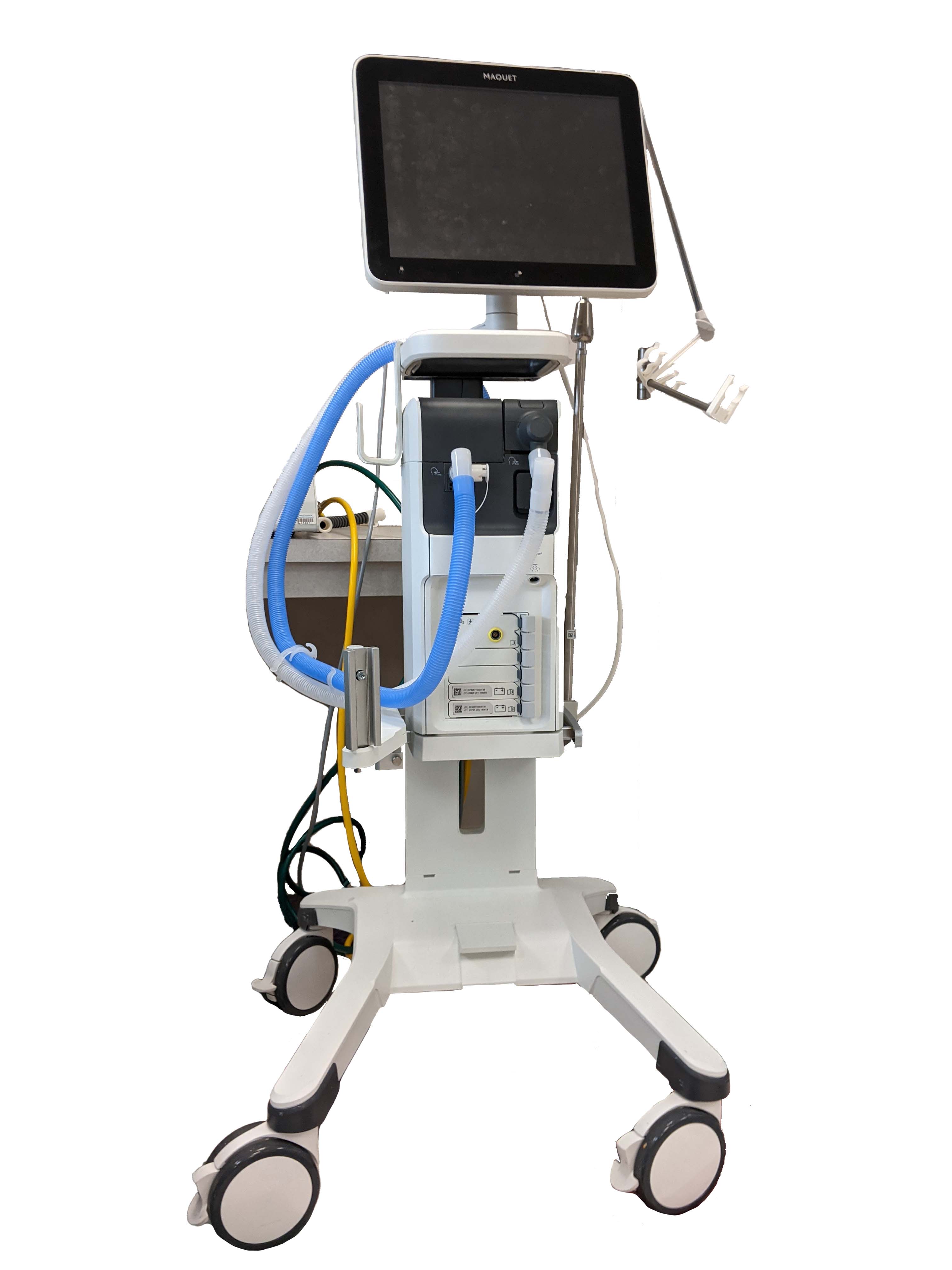In a world powered by technological advancements, gas equipment plays an indispensable role in numerous industries. From heating systems to cooking appliances, these dynamic tools have undeniably transformed the way we live and work. However, amidst their undeniable benefits, one must not overlook the potential hazards associated with them. Working with gas equipment requires not only knowledge and skill but also an unwavering commitment to safety precautions. In this article, we delve into the essential measures that should be taken to ensure the well-being of both individuals and the surrounding environment when dealing with gas equipment. So, grab your safety goggles and buckle up, as we embark on a journey to explore the critical precautions one must adopt in this gas-powered realm. Safety first!

1. Ensuring Proper Ventilation: Mitigating Gas Hazards in the Workplace

Gas hazards can pose serious risks in the workplace, making it essential to prioritize proper ventilation. Here are key steps to ensure a safe environment:
- Identify potential sources of gas emissions and regularly inspect equipment and systems.
- Implement effective ventilation systems, including exhaust fans and air purifiers.
- Create a comprehensive maintenance plan to ensure the continuous functioning of ventilation equipment.
- Educate employees about gas hazards, emphasizing the importance of proper ventilation and early detection.
- Regularly monitor indoor air quality to identify any potential gas leaks or hazardous levels.
- Establish emergency protocols and evacuation plans in case of gas emergencies.
Remember, a well-ventilated workplace promotes employee safety and reduces the risk of gas-related accidents.
2. Maximizing Safety: Best Practices for Handling Gas Equipment

- Always wear proper protective gear, including gloves and safety glasses, when working with gas equipment.
- Regularly inspect all gas equipment for signs of wear and damage.
- Ensure proper ventilation in the area where gas equipment is being used to prevent the buildup of potentially dangerous fumes.
- Never leave gas equipment unattended while in use.
- Follow manufacturer guidelines for installation, operation, and maintenance of gas equipment.
- Keep a fire extinguisher nearby and know how to use it in case of emergencies.
- If you smell gas or suspect a leak, immediately shut off the equipment and evacuate the area.
Wrapping Up about Safety precautions when working with gas equipment.
In a world filled with countless cutting-edge technologies, gas-powered equipment has become an indispensable part of our lives. Whether it’s cooking on a gas stove, heating our homes, or fueling our vehicles, gas equipment has revolutionized the way we live and work. However, with great power comes great responsibility. When working with gas equipment, it is crucial to prioritize safety above all else.
Throughout this article, we have explored the essential safety precautions necessary to mitigate the risks associated with gas equipment. From leak detection to proper ventilation, we have covered it all. Remember, a momentary lapse in judgment could have devastating consequences, so it is imperative to always abide by these safety protocols.
Gas leaks are a silent threat that can turn deadly in an instant. Every time we use gas equipment, we should be vigilant in checking for any signs of potential leaks. Always remember to inspect the equipment and fittings regularly, paying close attention to any abnormal smells or sounds. If you suspect a leak, take immediate action by turning off the equipment, ventilating the area, and contacting a professional.
Proper ventilation is another vital aspect of working with gas equipment. Adequate air circulation mitigates the risks of gas accumulation, ensuring a safer environment for everyone involved. Make sure that the area where the equipment is used has sufficient access to fresh air and is free from any obstruction that could hinder proper airflow.
When it comes to handling gas equipment, it is essential to know the operation instructions inside out. Familiarize yourself with the equipment’s specific features, safety mechanisms, and emergency shutdown procedures. This knowledge is the key to react swiftly and effectively should any hazardous situation arise.
Protective gear should never be overlooked or taken lightly. Investing in appropriate safety equipment, such as gloves, goggles, and fire-resistant clothing, helps shield you from potential harm. Additionally, having a fire extinguisher close by is crucial for immediate response in case of fire accidents.
Lastly, continually educate yourself about gas equipment safety. Stay updated on the latest safety guidelines, regulations, and best practices. Attend workshops, take courses, and seek professional advice whenever necessary. In this fast-paced world, knowledge truly is power when it comes to ensuring our well-being.
As the age-old saying goes, “prevention is better than cure.” By following these safety precautions, we can reduce the likelihood of accidents and protect ourselves and those around us from harm. Let us embrace the power of knowledge and make safety our foremost priority when working with gas equipment.
Remember, safety starts with you. Embrace these safety measures, and together, let’s create a safer future for all.
